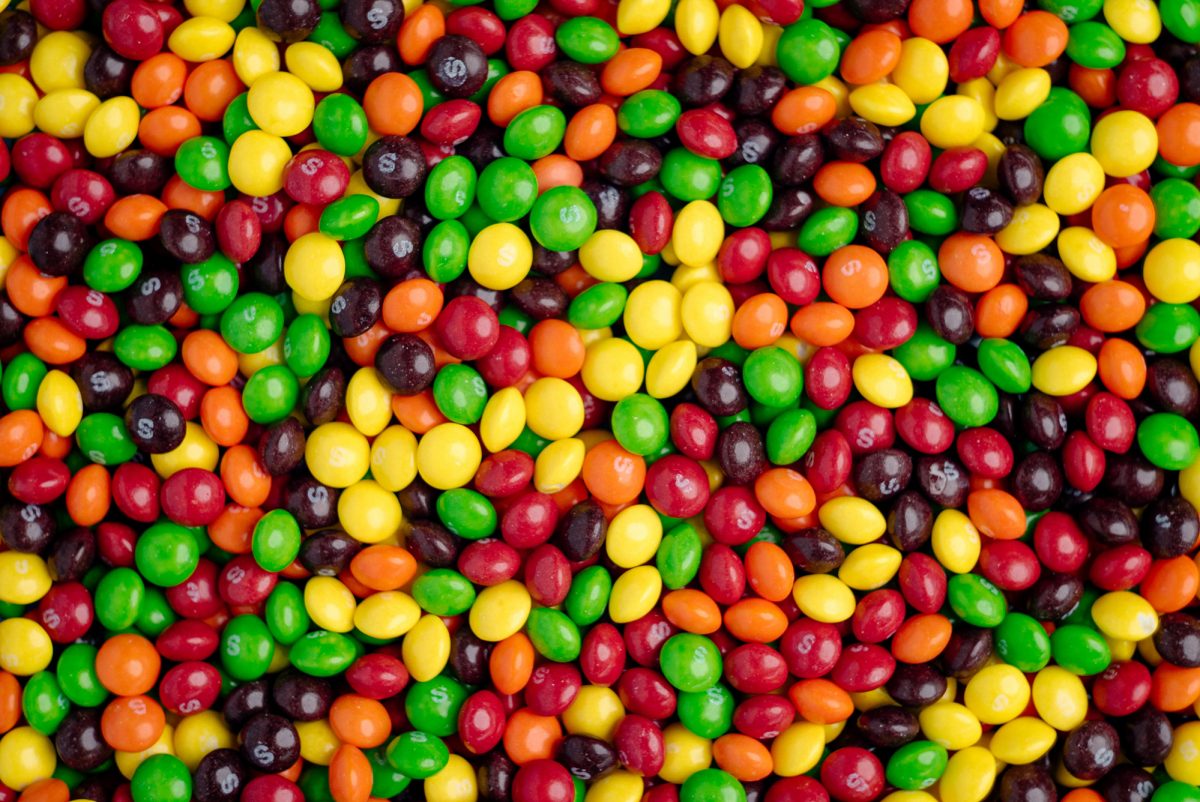
WARNING: Artificial Colors Trigger Unwanted Human Behavior
Sima Ash via NaturalHealth365 – In the 1970s, Dr. Ben F. Feingold, a physician out of Kaiser Permanente, noticed the link between behavior and artificial colors. Some physicians embraced his studies and began recommending special diets, however, many physicians found there was not enough evidence and did not recommend abstaining from these chemicals.
Many years ago, a friend of mine published an article about artificial colors and the unknown fact that nearly all of them contain lead, mercury, and arsenic – along with a wide array of other chemicals. Since that time, more research has been published affirming that artificial colors do impact behavior, particularly for those children who are consuming foods laden with these chemicals on a daily basis.
How Can the Food and Drug Administration Allow This to Happen?
The February 2014 issue of Clinical Pediatrics stated the number of artificial food colors certified by the Food and Drug Administration (FDA) had increased more than five-fold from 1950 – 2012. They further state that double-blind challenges with artificial colors have noted behavior reactions such as hyperactivity.
Nutritional Review found that when kids consumed artificial colors, those with ADHD actually had less attention, were more impulsive, and had increased hyperactivity. Both these studies and an article published in Neurotherapeuticsfound that artificial colors actually impact more children than just those diagnosed with ADHD, and both believe it is a ‘public health problem.’
Don’t Waste Your Money on Poisonous Products
Artificial colors are pervasive. They are in candy, supplements, medications, cereal, yogurt, breakfast bars, cheese, bread, marshmallows, soaps, and shampoos (to name a few examples).
On a daily basis, children come into contact with all of these, which can have a synergistic effect on them. For instance, a child wakes up, eats cereal with artificial colors, takes their chewable vitamin, brushes their teeth with toothpaste, all of which contain these insidious chemicals, and then heads off to school. While there, they eat their fruit roll-up or their sandwich that contains these chemicals and are hyper when they return to their class.
They then come home and have some grape juice and have macaroni and cheese, both of which have artificial colors. They later take a bath using soap with similar dangerous ingredients as well. Day after day, this can be a great burden to a little body.
The Best Way to Avoid Artificial Colors
Buying organic products, fruits, vegetables, and meats is one way. If you want to buy snacks for your children, buy those organic as well. There are many brands of organic snack products that are free of artificial colors.
If your child is addicted to soda, you can begin to wean them off soda by introducing Zevia, Blue Sky Zero, or adding Stevia to sparkling water. These options not only have no sugar, but they are free of artificial colors as well.
Be sure to choose a good quality nutritional supplement – free of artificial colors and aspartame plus, if your child needs medication for any reason, find a compounding pharmacy that can make it for you without any dyes.
These Are Some of the Powerful Benefits of Using Natural Colors in the Diet
Sometimes your child really wants color added – such as if you are making homemade play dough or coloring Easter eggs. There are natural colors out there that can be used, and you can purchase them at your local health food store, online, or even make them yourself. Turmeric, for instance, is used as a natural yellow food color. Using plants from your garden to get other colors is also a possibility.
Since we know that kids are impacted by artificial colors and know that these chemicals contain lead, mercury, and arsenic, it’s essential to reduce and eventually eliminate them from your child’s diet. You may be pleasantly surprised by their positive change in behavior and the fewer instances of illness they will have.
Using CEASE to help children detox from artificial colors has been quite effective, and adding supplements such as omega-3’s can further help children who are experiencing behavior issues.
About the author: Sima Ash of Healing 4 Soul is a clinical and classical homeopath and certified clinical nutritionist who utilizes a unique approach pioneered by Tinus Smits, M.D. called CEASE therapy. CEASE treatment aims to systematically detoxify the causes of illness, leading to step-by-step improvement and restoration of health in the individual. For additional information, please visit Healing4Soul.com.
Sources for this article:
TownsendLetter.com
NIH.gov
NIH.gov
NIH.gov
To read the original article click here.
For more articles from NaturalHealth365 click here.






